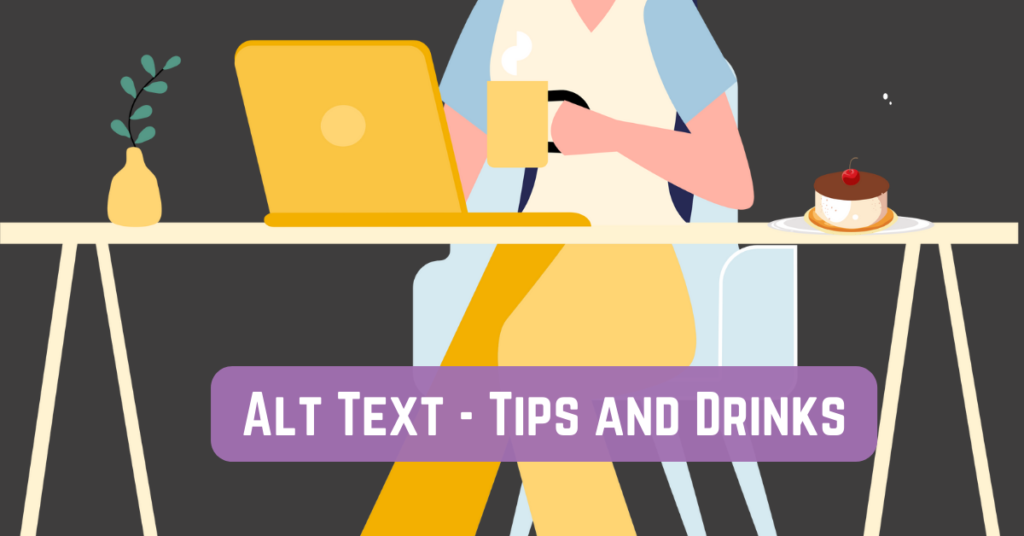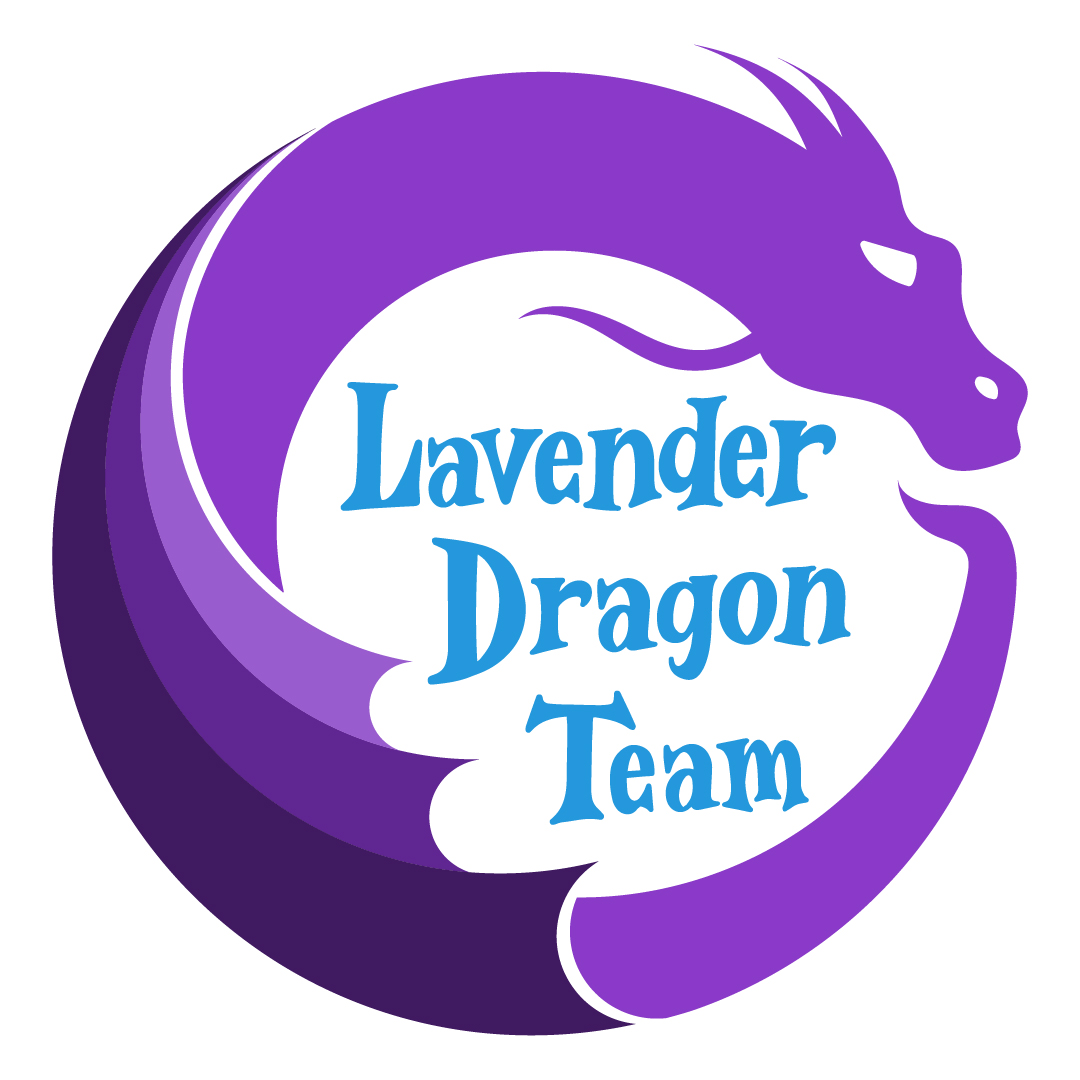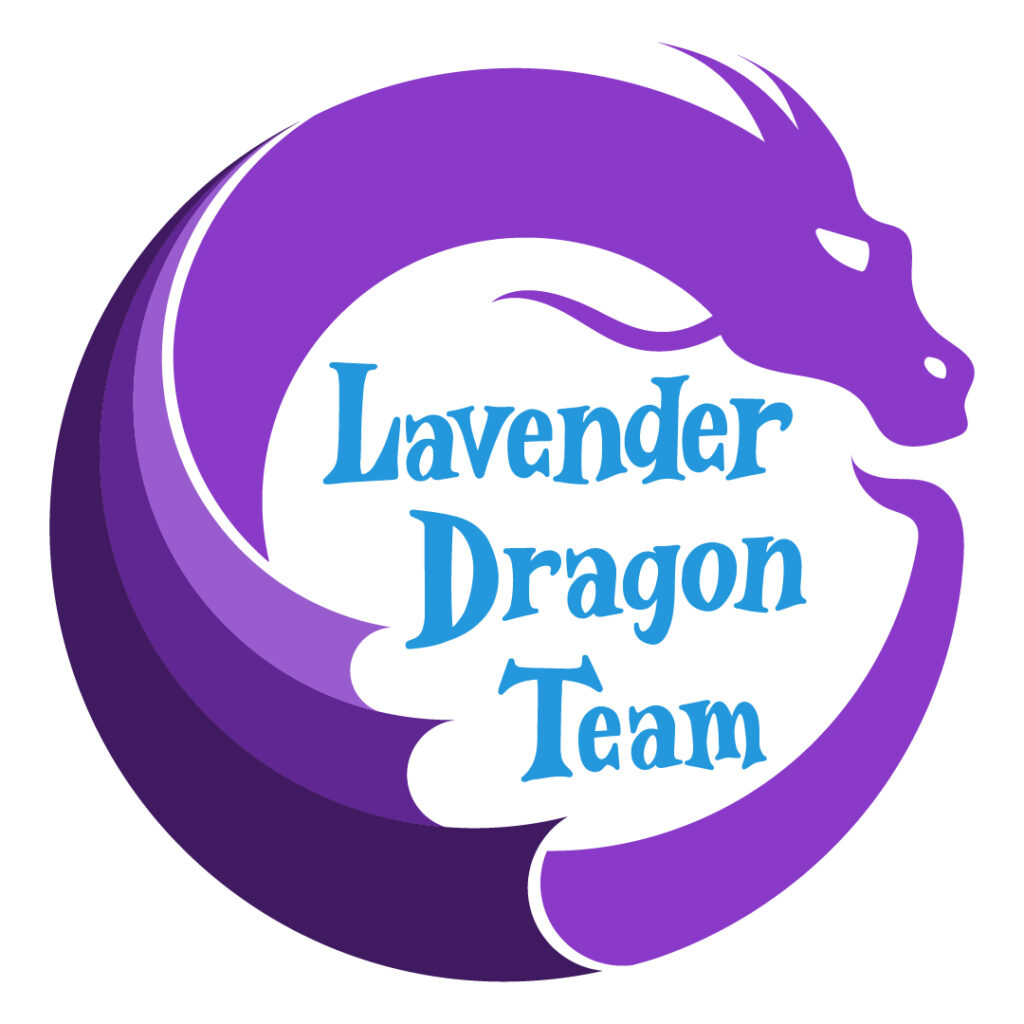
What is Alt Text?
Alternative text, also known as alt tags, alt text, or alt descriptions are written texts that describe a web image’s appearance or its function. They usually appear when the image fails to load. It is also helpful for the visually impaired audience as it can be read by screen readers and is helpful for search engines to better understand the content of the blog.
Importance of Alt Text
Alt text is essential for two things: accessibility and search engine optimization (SEO)
For accessibility, alt text helps blind audiences or those with visual impairment to still know what the pictures included in the content. They will be read to them by screen readers. Moreover, some people could have learning disabilities and will have a harder time processing images or graphs, alt texts are tremendously helpful in such situations.
For search engine optimization, a good alt text provides a good description of an image that search engines can utilize. The added information and keywords can lead to better search results. Furthermore, it can lead to a higher ranking of the website as search engines gain additional information regarding the content.
Tips on Using Alt Text
Keep it relatively short
Observe a 125-character limit when forming your alternative text. Some popular screen readers stop reading alt text after 125 characters or so. Although modern screen readers can go past 125 characters, following this rule still helps for the alt text’s conciseness and SEO.
Be specific
Do not editorialize or add decorative words. The use of alternative text is generally to assist persons with visual impairments and other limitations in comprehending images on the website. Conveying the real elements of the photograph is essential, as writing too much extraneous material in the text may mislead the readers.
Provide context when needed
One way to improve alternative text is by adding context to the material. For instance, if putting an alternative text for an image of a woman teaching students. Instead of “A woman explaining lessons in front of students,” “An instructor teaching students” will give a better depiction of the image and better information for the readers.
Avoid bombarding it with keywords
Stuffing keywords in alt descriptions for SEO is a bad idea. Alt tags are primarily provided to give context and descriptions to images for people with visual impairments. Having a keyword is necessary. It is best to identify your target keyword and include it in the alternative text to improve SEO.
Avoid writing “an image of,” or any phrase similar to it
You are describing an image, that is already a given. Specifying this in your alternative text makes the sentence redundant. Screen reading tools also will immediately the text as an image.
For complex images such as graphs, diagrams, etc., check the best practices for complex images
Sometimes, it is inevitable to describe complex images such as graphs and charts and exceed the suggested word count. To make sure that the alt text is still of excellent quality, check the guide for complex images created by the W3C.
3playmedia also provides fantastic guides on the use of alternative text.

